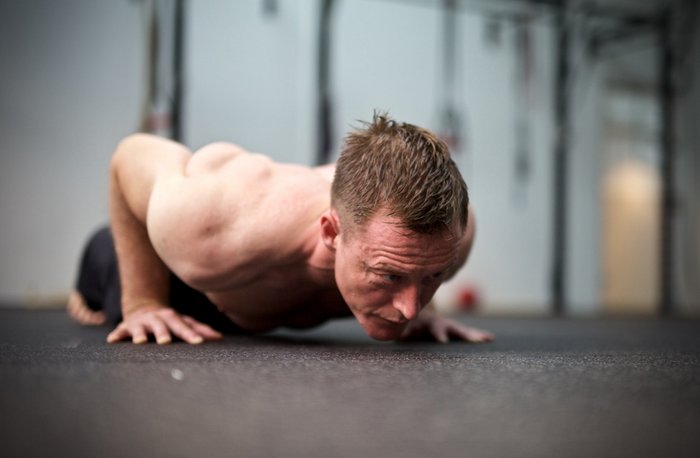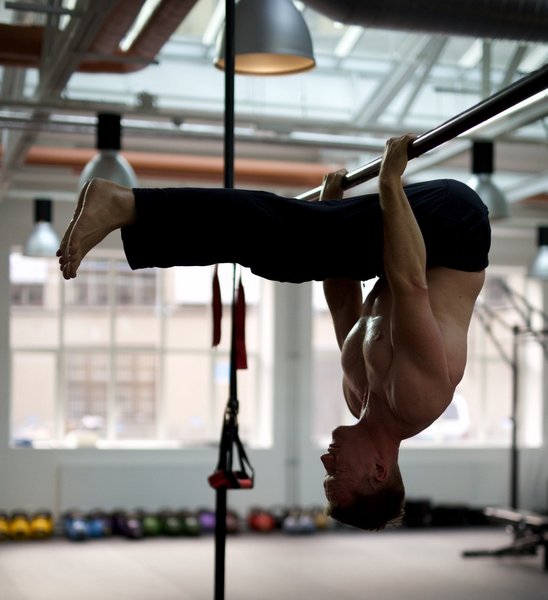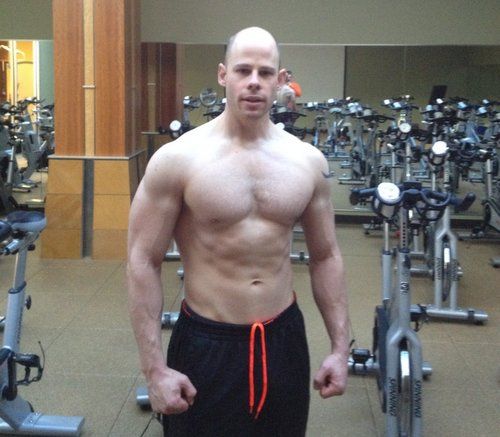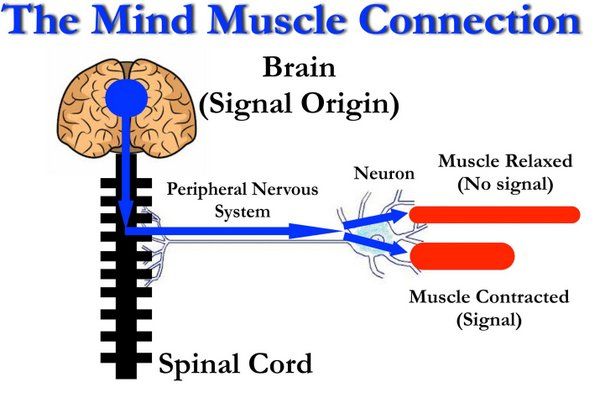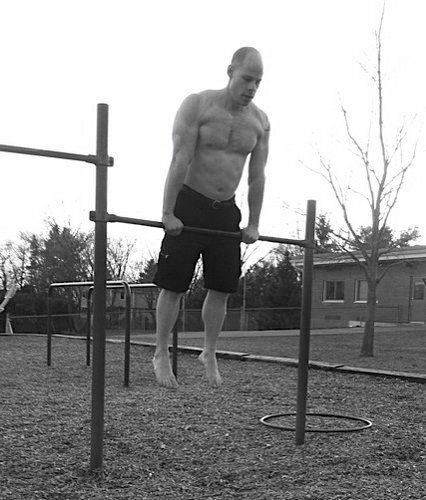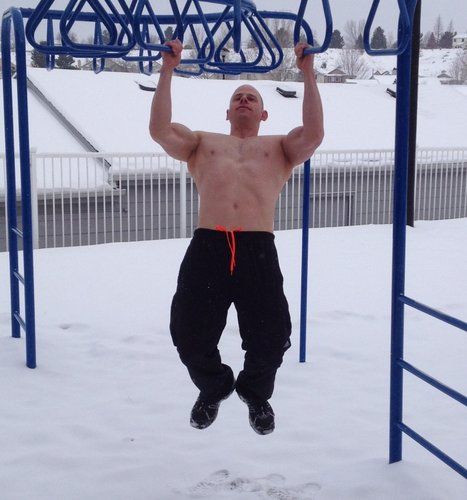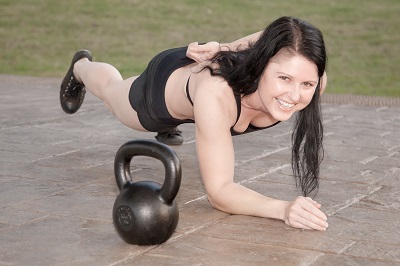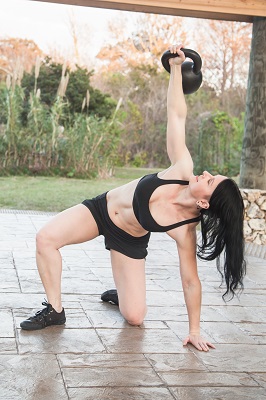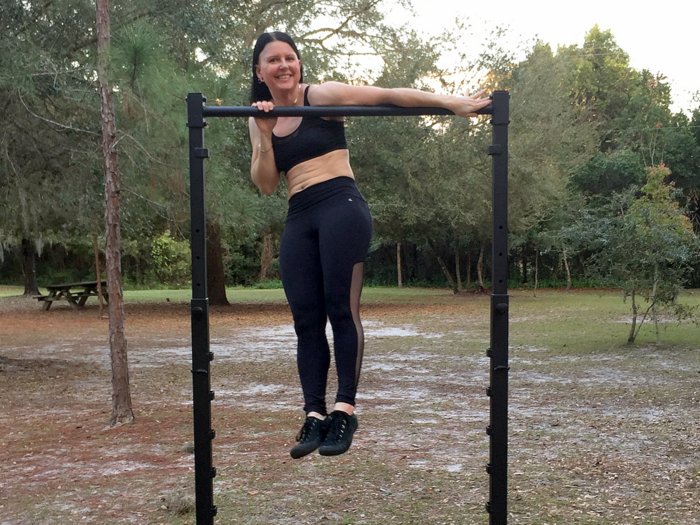
One of the greatest things about Convict Conditioning style progressive calisthenics exercises are their extreme portability. We no longer need a giant gym stuffed full of highly specific machines to get a workout. For many of the exercises, we just need a floor. As the now-famous line from Pushing the Limits goes, remember, “if you don’t have a floor to work with, then you’ve got bigger problems!” On any given day, you may see me or one of my neighbors working out using the apartment building itself. In fact, one neighbor in particular has been giving the railings a heck of a workout with high rep, raised pushups—not bad for a guy that chronologically qualifies as a “senior citizen”.
A pattern I have seen—and have personally experienced—for long term success in strength, health, and maintenance of body composition is thinking beyond time-bound programs. Most people who have maintained a strong, fit, and healthy body for a lifetime have done so by seamlessly making training part of their lifestyle. On the flip side, we’ve probably all observed others jumping from program to program or from diet to diet without experiencing much success at all. I bet a number of us here have done that too. While it’s a great idea to try new things, we must give them a real, fair try at the same time instead of becoming human yo-yos! Fortunately, simple but challenging workouts with calisthenics and minimal equipment are extremely sustainable for a lifetime, regardless of how busy we get with life’s responsibilities.
Evolving and Refining a Lifestyle
When we strive to make strength activities part of a lifestyle, the pressure of “all or nothing” doesn’t loom as large. This can be especially useful for your new clients or students who have been overwhelmed by the prospect of extreme fitness programs in the past. And from time to time, some of us may also stack up too many changes to try all at once. Many beginners who come to us for training and advice will need to ease into calisthenics training for a while until they even enjoy it. A few sets of the beginning Convict Conditioning progressions coupled with being more mindful about food is a smaller starting hurdle than a written-in-stone hour or longer workout and specific meal plan for each and every day.
Also, when working with a specific goal or program, it’s very handy to have a backup plan for your workouts between programs, or when life gets in the way. So, even when we aren’t leaping forward toward that goal, we’re still moving in the right direction. More importantly, even with a shorter, simpler workout than what we should have been doing with our specific program, we’re still making a long term investment in our health, habits, strength, and fitness.
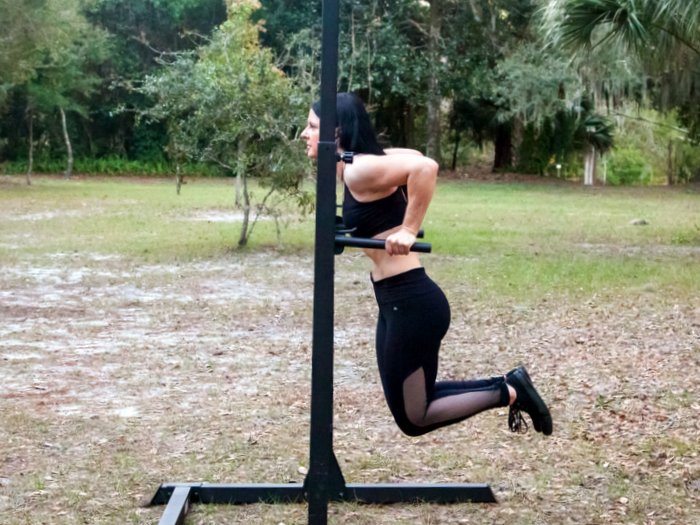
I will describe these highly sustainable training approaches in detail in my upcoming book with Dragon Door, Eat Strong, Lift Strong, Move Strong: Proven Secrets for Strength, Power and Robust Energy. But, the general idea is to work towards a given skill or strength goal while allowing for flexibility within a few parameters. In this blog post, I’ll outline a few general workout strategies to weave into your lifestyle or around a program. Many of these ideas are great to have as safeguards against life’s chaos wrecking our goals. As instructors and/or business owners, we may also spend so much time working and training others that we’re left in the frustrating and perilous position of having little time for our own workouts.
Full Body Tension, Full Body Results…
No matter what plan you choose, or how many different exercises you do—or don’t do—be sure to get the most out of your time and effort by using full body tension. Far from being isolation exercises, movements like pull-ups, squats (especially the advanced versions), and lateral work with flags require full body muscular participation for ultimate success. The good news is, you’re training your whole body at this time too. A few minutes of exercises performed with full, high tension effort is time well spent. Gripping the pull-up bar hard, gripping the ground with your hands and/or feet, engaging the glutes and midsection—all activate more muscle fibers and teach us to move and lift safely in life outside of training, too.
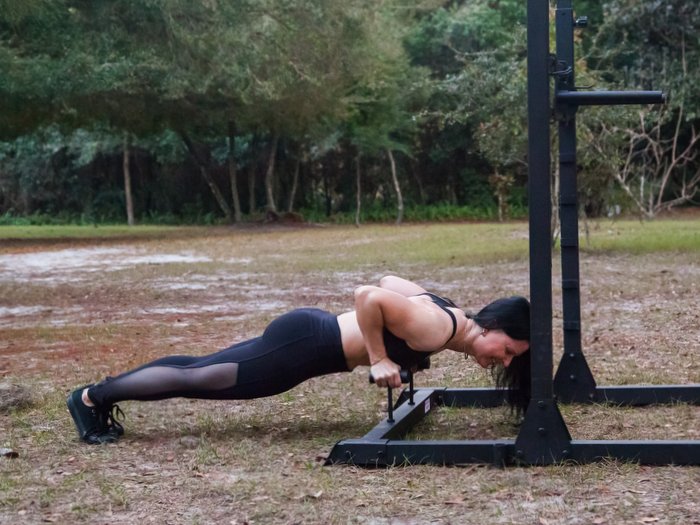
So this year, instead of a New Year’s resolution, consider a goal of consistency. Below are some of the approaches I take on very busy days, when otherwise I’d be tempted to neglect my training.
Recipes for Consistency:
Paul Wade’s “Consolidation Training” (some may know this as GTG, Grease the Groove) is described in Convict Conditioning Vol. 1 for building skills and strength. Using this strategy, you’ll perform an exercise several times on the same day without maxing out. For example, I may work on singles or doubles of the human flag progressions on the hour. Later in the day I’ll do a simple full body workout which might just be a few runs through the Century Test performed slowly and with extreme precision. Consolidation training works fantastically for any of the very high tension, high technique, and advanced bodyweight exercises like bar levers, dead hang muscle-up progressions, advanced pull-ups, and generally anything that’s very difficult for you. On the days that I have focused on bar exercises, my short supplemental workout might consist of squats, jump-squats, and sprints. High skill and balance movements like handstands also really benefit from the consolidation training approach.
At Home Training Variations
As an entrepreneur, I work a lot at my home office, and on heavy deadline days or product launches, I may not really have time to venture too far from that home office at all for my own training. Luckily, I’ve set up a pull-up bar in the hallway among other things, and of course have full use of the floor. I love to use the idea of “exercise snacks” along with Pomodoro technique productivity intervals: I work for 25 minutes, then practice an exercise or movement sequence for 5 minutes. At the end of the 4th 25 minute stretch, I take a full 10 minutes to do a more concentrated mini-workout. If you work at an office, depending on the corporate culture (and the exercises you choose), you may also be able to implement this at work.
Those who’ve read my website in the past already know about the “chores workouts” where I pit near max sets of a given exercise against a rest period of folding clothes or another short household task. This is a great way to build up higher reps on your chosen exercise. Have you tried it?
I recently read about a simple variation of consolidation training. A famous model placed a post-it note in a high traffic area of her house that simply read “15 squats”. Whenever passing near the note, she did 15 squats. Easy. I sometimes do a more involved version of this which includes the pull up bar and a designated area for mobility and floor based exercises. A lot can add up during the day.
Errands Circuit
One of my fondest memories of the early days of the PCC Workshops back in 2013 was when Al, Danny, John Du Cane, and myself were walking to a restaurant in St. Paul, MN. While we were enjoying a lively discussion, each of us kept pausing to point out “Street Workout-able” features in the landscape. We saw low bars for advanced raised feet push-ups, medium railings for Aussie pull-ups, skinny curbs for balance-challenging pistols, an edge of a planter for elbow levers, a round sign post for clutch flags, along with any number of poles, bars, railings for pull-ups and pull up variations… you get the idea. Developing a keen eye for these features (while keeping safety in mind, please) can turn most errand-related walks down the street into your own personal strength and skill obstacle course.
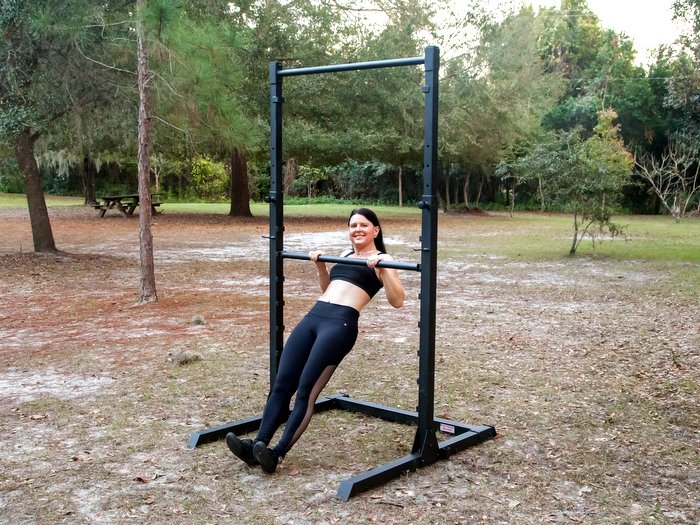
Alternately, I also like to time my errands and workouts together. If I have to go to Whole Foods (which happens a lot) I’ll make sure my route to get there includes a short stop at a park so I can knock out a workout (usually a circuit including pull-ups, push-ups, squat variations, and a cardio component like sprints, burpees, or mountain climbers), then grab dinner or a snack at the hot bar before grocery shopping.
A Full-Body Format: Push, Pull, Legs, Plus….
The last paragraph in the errands circuit hinted at this approach. It’s been described in many great strength and fitness books for calisthenics as well as kettlebells and other forms of weightlifting. I am especially fond of the way Max Shank describes using push-pull as an approach to programming in Master the Kettlebell. On a day with minimal time to workout, this super-set strategy gets a lot of work done quickly, and allows you to work on a variety of skills in the same session.
Here’s one of many examples of this type of workout (choose number of rounds based on your fitness level and available time):
- 15 Push-ups
- 15 Aussie pull-ups (bodyweight rows)
- 30 Bodyweight squats (actively pull yourself down under tension)
- 1 Quick sprint or 30 mountain climbers
- 5-10 Pull-ups
- Practice crow or handstands/handstand push ups resting as needed for one minute total
When I have time, after 3-5 intense rounds with minimal rest, I’ll end with sets of abdominal focused exercises like dragon flags (or the progressions up to) or hanging leg raises, and maybe even a set of twisting mountain climbers until I nearly face plant. Whew!
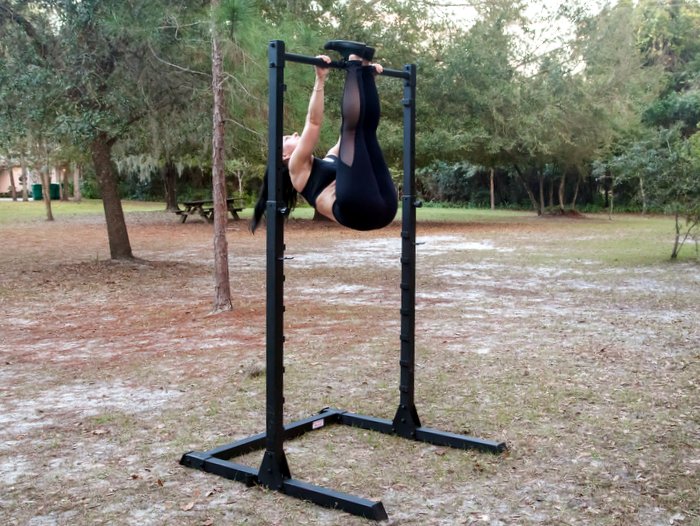
If you’re ready to advance in skills and strength in 2017, I hope you have found these ideas help. On a tough day full of obligations, there are still plenty of options to keep moving forward towards your goals, and to maintain a healthy active lifestyle.
Have you tried some of these ideas before? Do you have some of your own to add? I would love to hear from you in the comments section below.
Here’s to a happy and successful 2017!
I hope your training is going better than ever,
Adrienne Harvey, Senior PCC
****
Adrienne Harvey, Senior PCC Instructor, RKC-II, CK-FMS, has been RKC Certified since 2010, and RKC Level 2 certified since 2011. Kettlebell and bodyweight training have been crucial in Adrienne’s personal quest for fitness. A core member of the PCC team, Adrienne loves sharing her knowledge with small groups and individuals. She also loves to develop recipes and workout programs to further support performance, body composition, and of course—FUN. Visit her website, GiryaGirl.com for workouts, recipes, and more.
